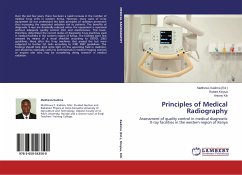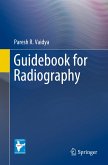Over the last few years, there has been a rapid increase in the number of medical X-ray units in western Kenya. However, many users of X-ray equipment do not understand the basic principles of radiation protection thus increasing the associated radiation risk to patients. The benefits of diagnostic X-rays are drastically reduced when the equipment is operated without adequate quality control (QC) and maintenance. This book, therefore, determines the current status of diagnostic X-ray machines used in medical facilities in the western region of Kenya. The facilities were first assessed by means of a visual checklist according to CRCPD, 2003 guidelines, there after the X-ray machines that passed the test were subjected to further QC tests according to ICRP, 2007 guidelines. The findings should help shed some light on this upcoming field in medicine, and should be especially useful to professionals in medical imaging sciences or anyone else who may be considering doing research in medical radiation.
Bitte wählen Sie Ihr Anliegen aus.
Rechnungen
Retourenschein anfordern
Bestellstatus
Storno








